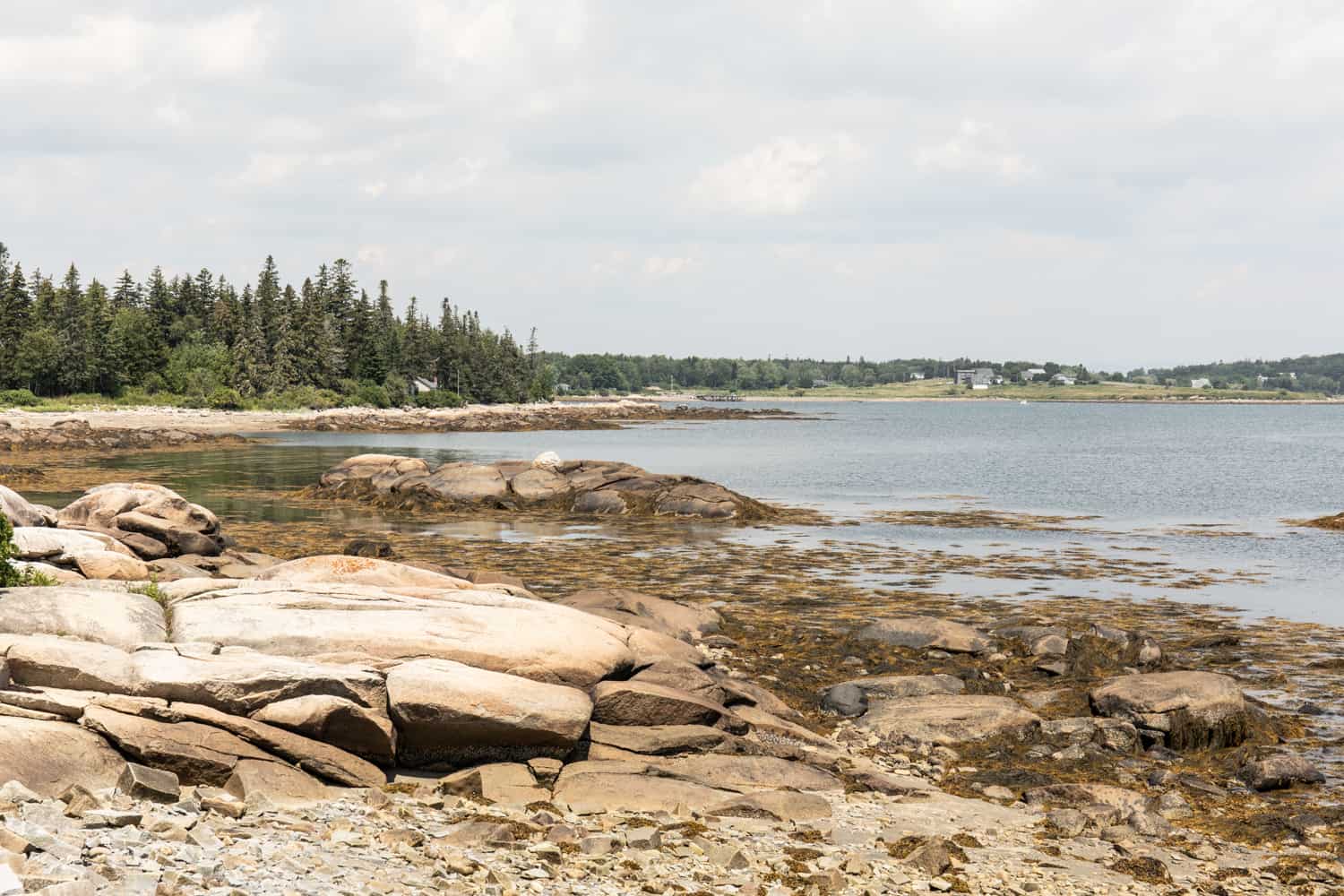
Photography by Greta Rybus
When a wrong turn off the Midcoast Maine Cheese Trail funnels me down a dirt road onto a tiny peninsula with a secret cove, I can’t resist pulling over for some beach combing. Up close, I inspect bubbling clam shows in the sand, the contours of sedimentary rocks, and the heaps of rockweed kelp attached to them. This is not a bad place to get lost. I’m tempted to ramble, hypnotized, through these tidal pools all day.
But cheese awaits. A glimpse at a map offers a bird’s-eye view of my surroundings.The landscape of the Midcoast, a swath of jagged shore north of Portland and south of Acadia, is a marine maze of endless islands and inlets. Here, isolation comes easy. One-cabin islands, with their rocky outcroppings and lone pines, beckon anyone who wants to get away from it all. Take note: If you plan to steal away to a hidden beach with a goat and start over again, this is a good place to do it.
“One thing unique to Maine is the number of homesteaders,” confirms cheesemaker Allison Lakin when I get back on the trail and locate Lakin’s Gorges Cheese. “The back-to-the-land movement has shaped a lot of the agriculture in the last 40 years here.”
Lakin is first and foremost a cheesemaker, but her Waldoboro, Maine, property—perched on a hill not far from the coast—is a picture-perfect example of a small, diversified Midcoast Maine farm. Behind an overflowing garden, whey-fed heritage pigs are being raised for meat. Three Jersey cows munch happily on thick green grass. Lakin makes cheeses—from the buttery, rustic Opus 42 to the local seaweed–laced Rockweed to custom wheels washed in local beer or wine—and sells them on-site (Lakin also sells cheeses online and through multiple distributors).“For us, farmstead cheesemaking is the model,” says Lakin. “We embrace the idea of terroir.”
Back to the Land
The sea never feels far away here, and lobster traps, fishing boats, and seafood shacks certainly form the foundation of Midcoast culture. But move inland and roads out of bustling ports transition quickly into idle towns framed by green pasture and teetering timber barns—testaments to an agricultural past. This region was once a breadbasket of New England, but farming has waxed and waned over time. In the late 19th century, agriculture in Maine embarked on a century-long decline, culminating between 1950 and 1974, when the number of farms dropped from 30,000 to 6,500.
That parallels a pattern seen throughout New England—but curiously, it didn’t last. In the late 1970s, the number of Maine farms started creeping up again. In a 1977 report to the Maine Legislature, Agriculture Commissioner Joseph Williams attributed that uptick to homesteaders: “For several years Maine has had an influx of people interested in farming,” he wrote. The epicenters of the movement—Sagadahoc, Lincoln, and Waldo counties in the Midcoast—saw a population growth of over 20 percent between 1970 and 1980, despite lacking any major urban areas.
In the 1980s, state agricultural policy shifted to favor small farms. New programs encouraged collaboration and direct sales. Farmstands and pick-your-own facilities sprung up. Transplants arrived seeking relatively inexpensive land to farm, and found ways to make a modest income. Often they started with small animals that were easy to manage. Although Lakin is a cow person, she tells me that most cheesemakers in Maine use goat’s milk. “As a homesteader, you start with one goat, and it’s all downhill from there,” she quips. “At least that’s what they tell me.”
The Fateful First Goat
At Barred Owl Creamery in Whitefield, Patti Hamilton tells me about when she got her first goat. It was 1997, and she’d been busy keeping chickens, turkeys, and pigs while homeschooling her children—but she wanted something to milk. With her first goat she started making cheese for family and friends. Later, her kids went away to college. “I thought, Now what am I going to do?” she says.
Hamilton, a sprightly, industrious woman with short silvery hair and muckboots, had no idea that someday she would hear her name announced at the podium during “the Oscars of cheese,”a.k.a. the American Cheese Society Judging and Competition. In 2015 she entered the contest seeking feedback from judges; She wasn’t expecting to win, and wasn’t even going to watch.But turning on the livestream at the last minute, she heard her mixed-milk goat’s and sheep’s milk feta, followed by her hot pepper jelly chèvre, win first place medals in their categories. “I was just flipping out,” she says. “As a small producer, I was so excited.”
What does it take for a one-lady team on a Maine homestead to beat out bigwigs from around the country? Hamilton shrugs. “I’m not a scientist or technician. I’ve read lots of books, talked with other cheesemakers…I just like to try different things,” she says. “To me, cheesemaking is magic.”
Maine Magic
When it comes to cheesemaking, Maine laws help magic happen: This is the only state that doesn’t require technical equipment for milk pasteurization. Instead of requiring pricey chart recorders (which cost thousands of dollars) to track the heating and cooling of milk, cheesemakers here only need a thermometer and a clock—so long as their cheese is labeled “heat treated” instead of pasteurized, and it’s only sold within the state.
“It’s like the analog version of pasteurization,” says Jessie Dowling, president of the Maine Cheese Guild and owner of Fuzzy Udder Creamery, an ACS award–winning farm specializing in soft-ripened cheese just a few minutes away from Hamilton’s homestead. “We heat the milk to 145 degrees for 30 minutes. Scientifically it’s the same thing, but it costs a lot less.” The result? You don’t need to invest thousands to make and sell cheese.
“We are so lucky to have these laws,”Dowling adds. “Outside of Maine you don’t see a lot of people starting creameries who aren’t already rich. The exciting consequence here is that we can have middle-class and lower-income cheesemakers, and small cheesemakers can thrive.”
“Maine’s a great place to have a very small creamery,” echoes Lauren Pignatello of Swallowtail Creamery, a short drive up the road in Whitefield.“We don’t have a pasteurizer and we don’t need one to sell cheese here.”
Pignatello moved to Maine from NewYork City at the age of 23 to homestead. To raise money for her first cow, she hosted a Christmastime sale in her house, selling jams and baked goods and herbs. When neighbors saw her walking the cow to pasture, they asked to buy raw milk, and then yogurt. Her husband Sean, a carpenter (and now, a cheesemaker), built a tiny creamery. She got some more cows, and the rest was history.
The Pignatellos’ yogurts and ricotta have also snagged several ACS awards—but since they can’t sell outside of Maine, local customers have always been the business’ foundation. “It’s an extended family; Many of our customers have been here since we started,” she says. And the couple has traded their products for everything from car maintenance to Montessori school: “We put our son Gus through fifth, sixth, seventh, and eighth grade…all with dairy.”
Gus, now 18, is one of the Pignatellos’ seven children. He helms the farmers’ market stand in Portland, where the family also runs a café called Milk & Honey of Swallowtail Farm. A veritable food mecca and home to a third of Maine’s population, Portland represents a reliable outlet for many of the cheesemakers here. “We have a really great customer base in Portland, people I see every week,” Gus tells me. “People there really care about small farms.”
The Good Life
In summer and on weekends, residents of Portland, Boston, and beyond flock to Midcoast Maine. Aside from requisite seaside activities and the chance to explore quaint towns like Rockland, Camden, and Belfast, visitors can now access a different side of the region thanks to the Midcoast Maine Cheese Trail.“The Midcoast area seems to be a hotspot of cheesemakers, wineries, and breweries,” says hobby-turned-career cheesemaker Caitlin Hunter of Appleton Creamery, an Alpine goat farm and dairy. In 2016, she teamed up with Jessica Farrar of ME Water BuffaloCo. (more on that soon) to apply for a grant to launch a cheese trail. “We run farmstands where people can buy our cheeses and farm products, visit the animals, and learn,” Hunter says. In its three years, the trail has expanded to include nine farmstead cheesemakers.
“We tend to bounce customers back and forth,” says Farrar at the trail’s most unexpected stop: a water buffalo farm. “It’s a long story, but it’s not,” Farrar adds, laughing. Back in 2008, she and her husband Brian went to a farm to buy a guinea pig for their son, and found their first water buffalo. “I was like, Wow, this is love,” she says.
“They’re just big pets,” adds Brian, his head poking out from between several buffalo that surround and nuzzle him simultaneously. “They love attention.”Keeping the gentle beasts became a hobby, and making mozzarella, ricotta, feta, fromage blanc, yogurt, and gelato with their milk was a means to fund it.
Coined the “great white whale of American cheesemaking” by The New York Times in 2012, buffalo’s milk mozzarella is considered one of the most elusive cheeses in the US. I did not expect to see one in Maine. But the whole cheese trail is full of surprises. In part, that’s because cheeses with heat-treated milk aren’t sold outside the state—but I suspect it’s also because the makers I’ve met never set out to build something massive. “We never, ever expected to be cheesemakers,” says Farrar.
I also notice that most makers here are women. I ask Jessie Dowling of Fuzzy Udder Creamery why that might be. She ponders a minute. “Most famous chefs and cheesemakers in the world are men,” Dowling says. “I think these women aren’t in it for the fame—they’re just awesome and they want to have a lifestyle milking animals and making cheese.”
“We didn’t even set out to farm, to be honest,” says Heide Purinton-Brown at Toddy Pond Farm in Monroe. “We were just homesteading. This happened organically.” We’re wading through thick pasture to visit her cows on a hill that overlooks a pond with mountains in the distance. Then we stroll past beehives to an old timber-frame barn where she and her husband, Greg, sell yogurt, kefir, cheeses, meats, honey, and local artisan goods. Heide says she loves the rural setting and proximity to the coast. There’s bit of everything: sea, hills, ponds, and farms; not too far from the city but not too close.
It’s a winning combination that draws people to the Midcoast, whether to escape for the weekend or for a lifetime.“People come to Maine because it’s beautiful, and because they want to experience something natural and real,”Dowling says. “It’s not really about the notoriety. It’s about the life.”
Where to Visit
BARRED OWL CREAMERY
Stop by Patti Hamilton’s farmstand on a whim, or inquire ahead of time to rent a cozy cabin or organize a weekend-long cheesemaking workshop.
6 South Fowles Lane, Whitefield.
www.hamiltonfarm.wordpress.com
FUZZY UDDER CREAMERY
An honor-system farmstand offers cheese and meat; Walk around the back to say hi to the sheep and goats.
35 Townhouse Rd., Whitefield
SWALLOWTAIL FARM AND CREAMERY
Continue your tour of Whitefield creameries with a stop at this tiny farmstand with standout kefirs, yogurts, and ricotta salata.
98 Main St., Whitefield
www.swallowtailfarmandcreamery.com
LAKIN’S GORGES CHEESE
Discover Allison Lakin’s wide range of cheeses, as well as cutting boards made by her husband with wood from the property. Check the website for hours and inquire about farm stays.
2361 Friendship Rd., Waldoboro
APPLETON CREAMERY
The farmstand at this Alpine goat dairy is open on weekends from spring through fall; Reach out via the website to organize cheesemaking workshops during the off-season.
780 Gurneytown Rd., Appleton
TODDY POND FARM
Rent a beautiful cottage on the farm, visit for one of the seasonal farm dinners, or simply stop by the farm store to sample local products.
174 Carver Rd., Monroe
ME WATER BUFFALO CO.
In addition to a farmstore open on Saturdays, Maine’s only water buffalo dairy occasionally hosts on-farm events with wallow wagon rides and the opportunity to meet buffalo and taste cheeses.
232 Old County Road, Appleton
PUMPKIN VINE FAMILY FARM
Check this goat dairy’s website for workshops, kid-hugging events, and a farm camp for children.
217 Hewett Rd., Somerville
SPRINGDALE FARM
Visit the farmstand on weekends for delectable dairy made with Jersey cow’s milk.
165 Birches Rd., Waldo
COPPER TAIL FARM
293 Genthner Rd., Waldoboro


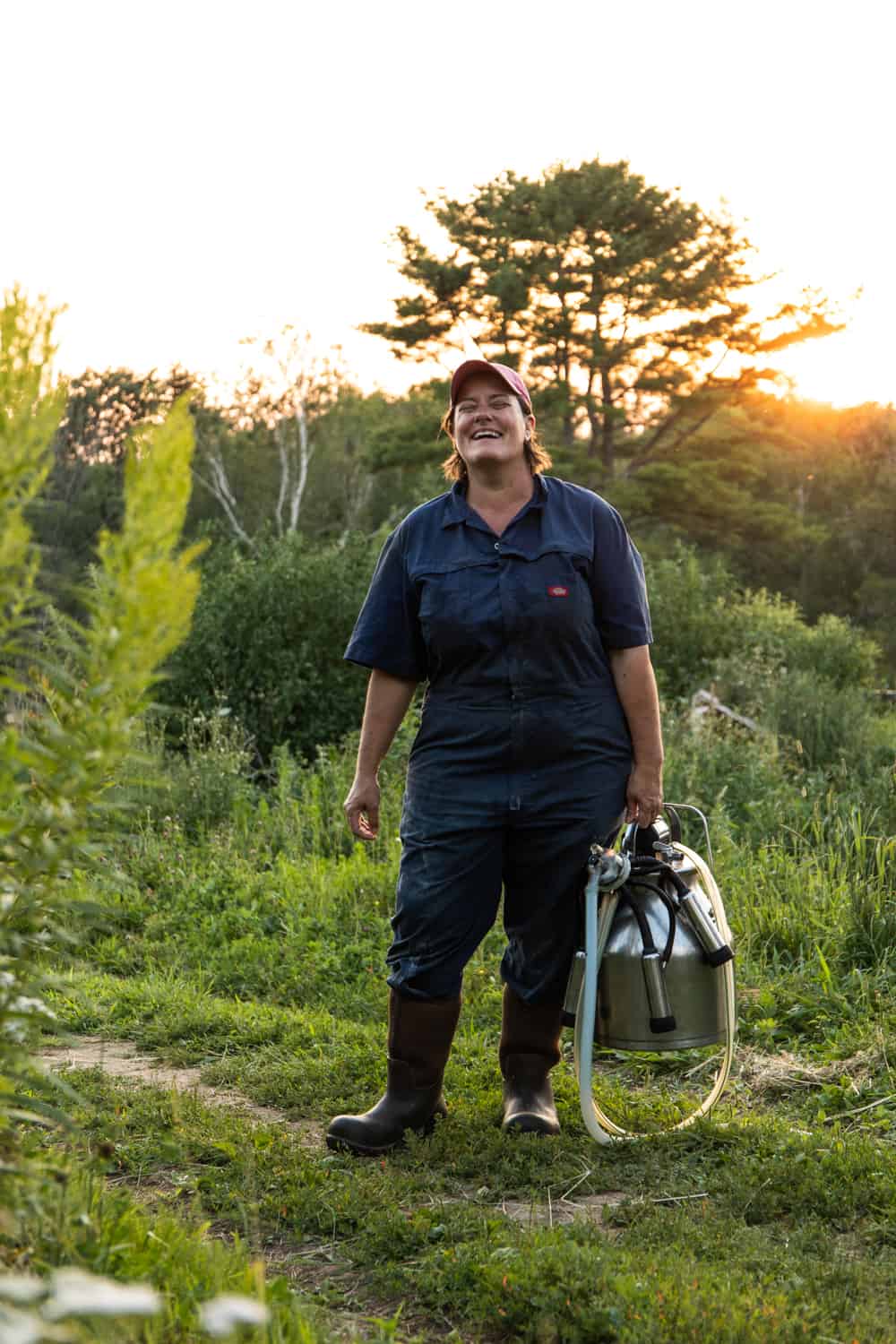
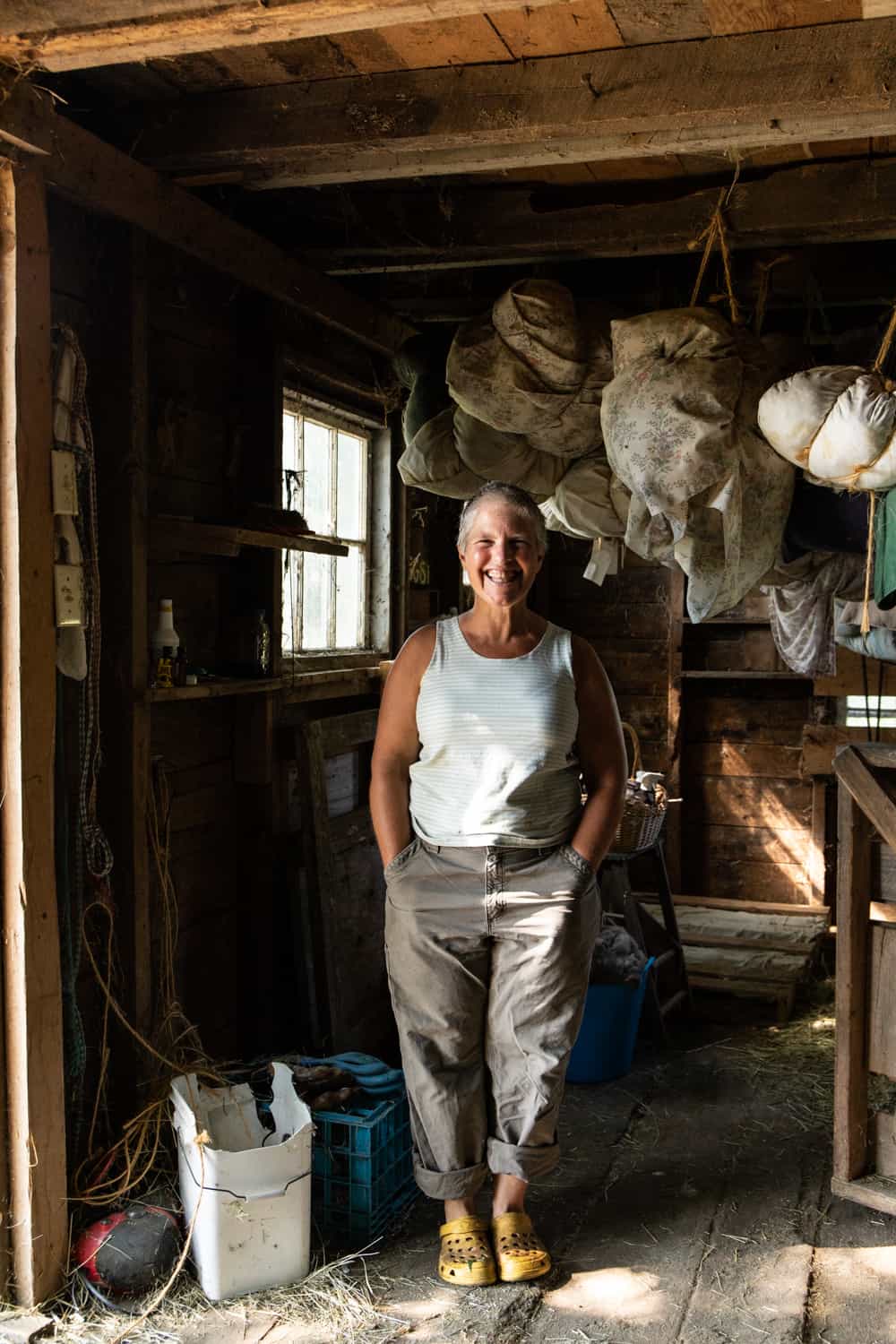

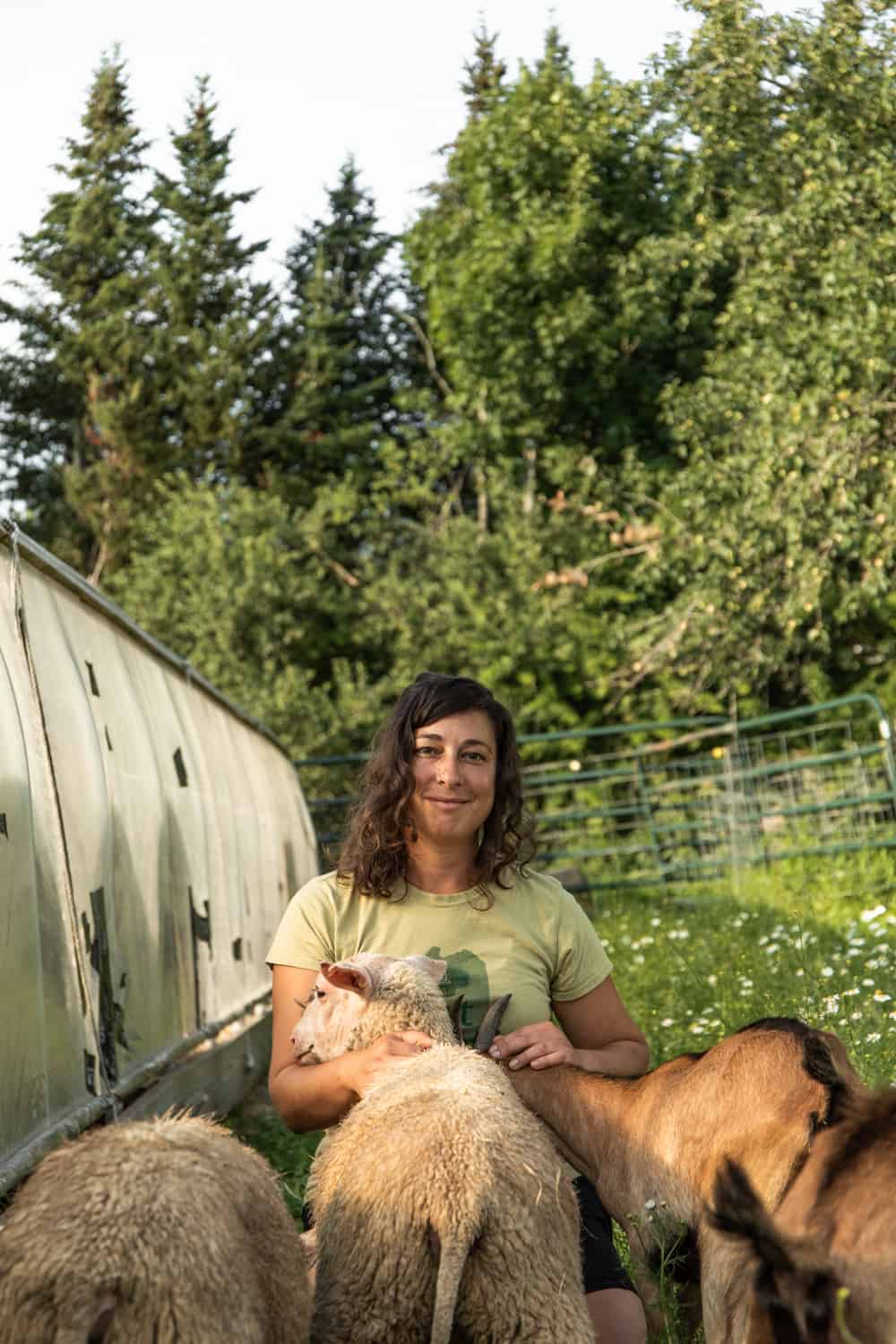

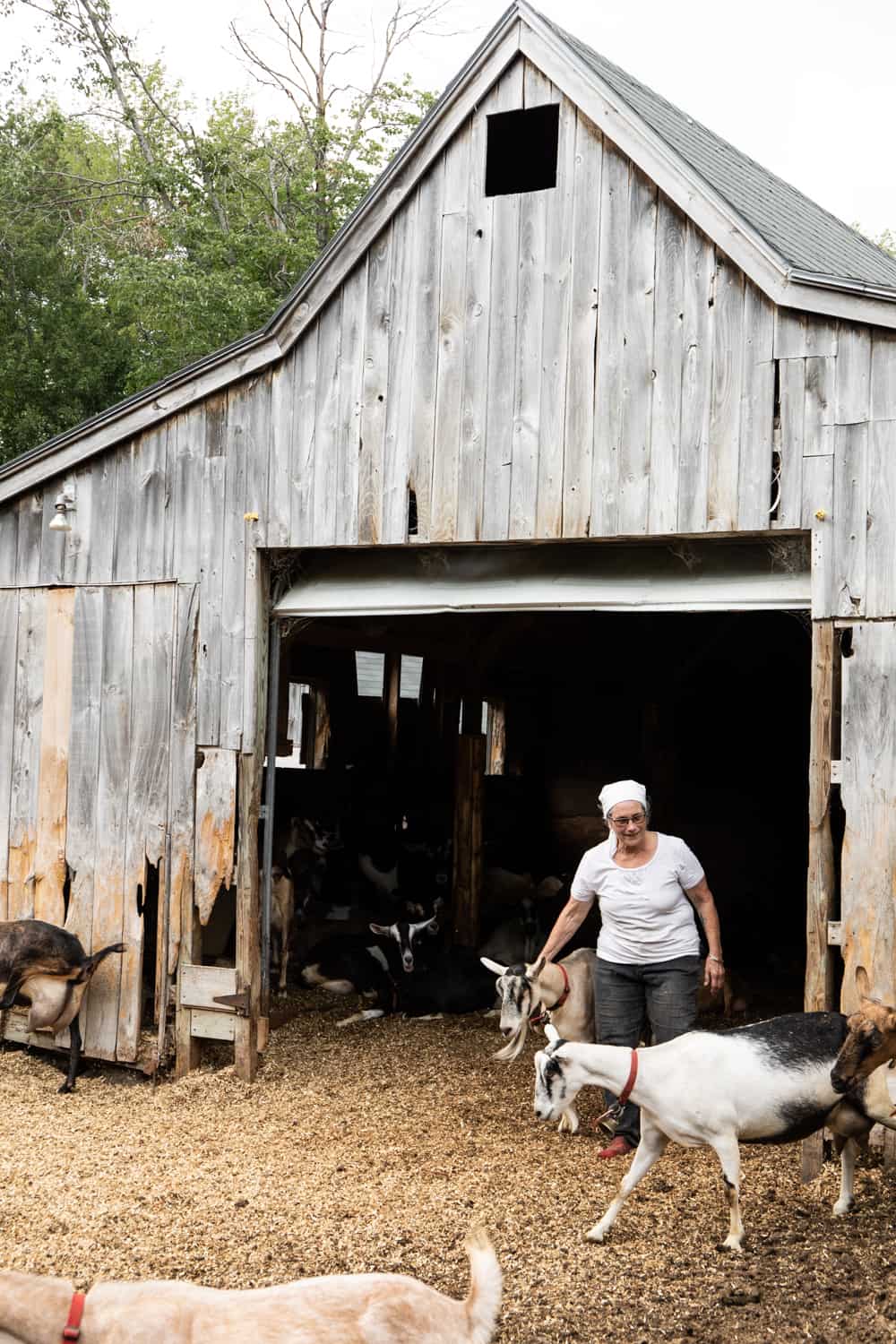
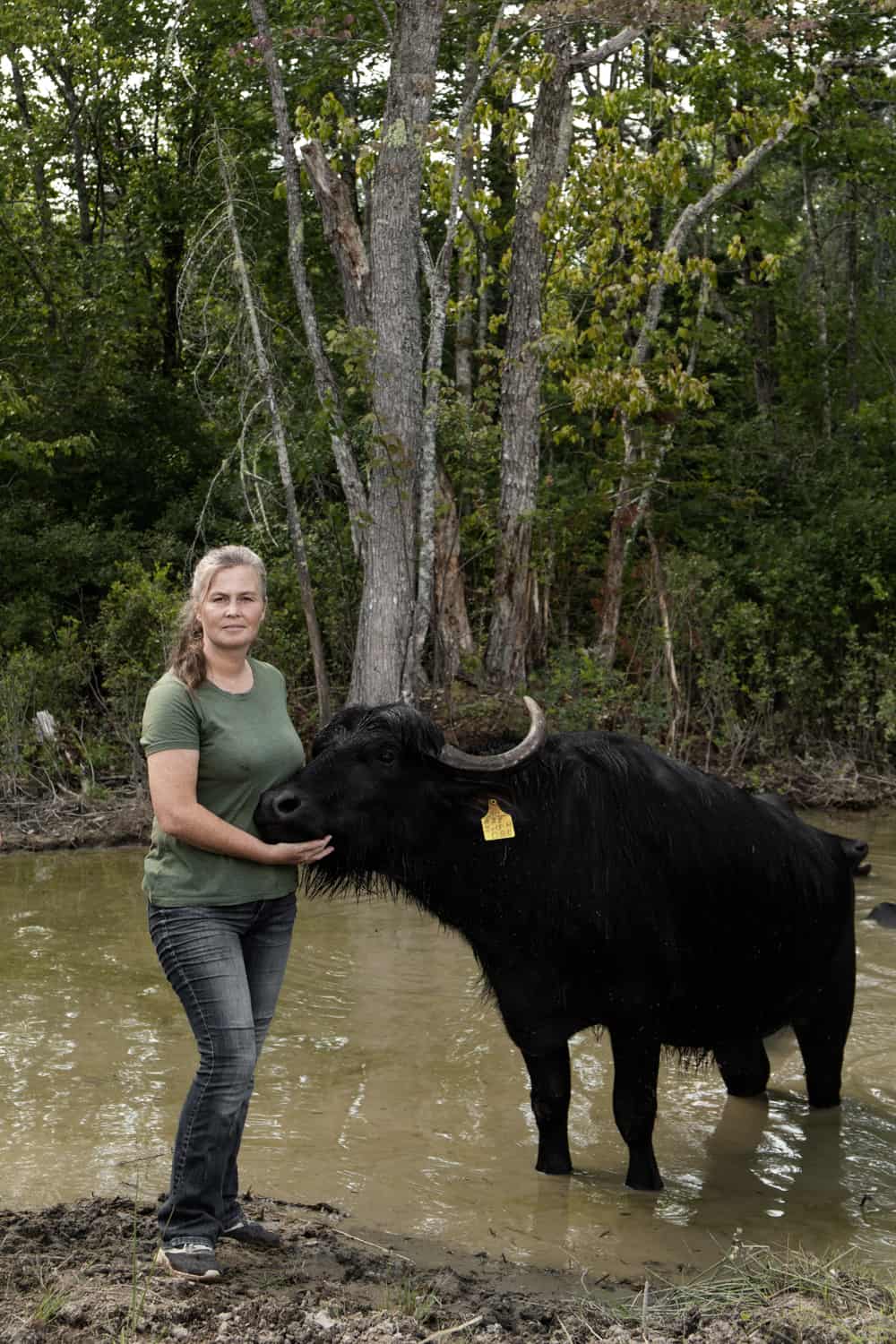
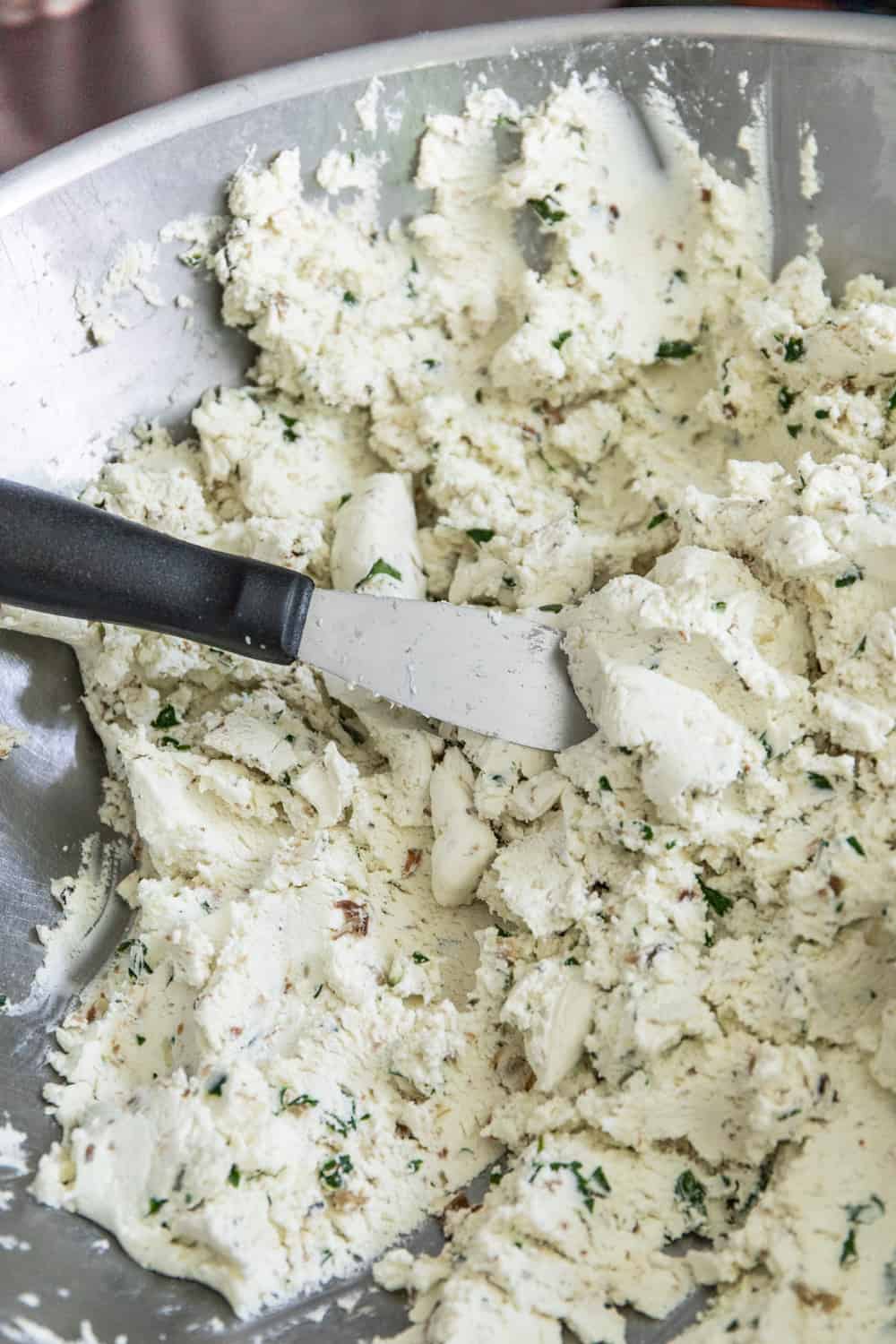



There’s a “retro” aspect to this article that prickles. There is not a woman entrepreneur in existence who would not welcome hard-earned and deserved fortune, and the often-accompanying fame. They’re not working for “pin-money.” The “lifestyle” is called a “business.”
True, the women cheesemakers of Maine, and elsewhere, are “awesome,” and their businesses are principled on good earth, quality, and good practices, but these are businesses as much as any male-operated business.
“Famous chefs and cheesemakers in the world are men.” This space is insufficient to address that statement. At least the women were not depicted barefoot.